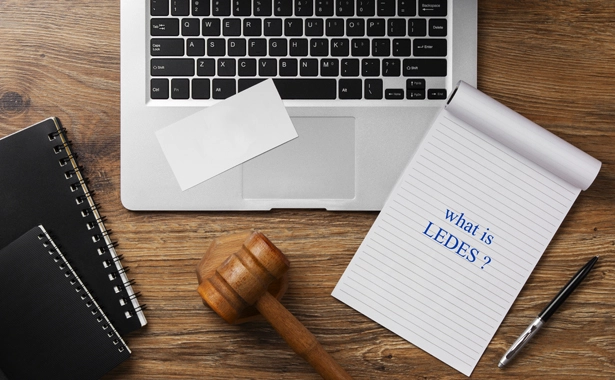An In-depth Take A Look At Status Quo Meaning in Legal Definitions and Applications
An In-depth Take A Look At Status Quo Meaning in Legal Definitions and Applications
Blog Article
Navigating the Dynamics of Status in Legal Solutions: An All Natural Method
In the realm of lawful systems, the concept of status quo holds a considerable function fit the foundation upon which legislations and laws are built. Comprehending and efficiently navigating the dynamics of the status requires an all natural technique that exceeds simple surface-level analysis. By diving right into the detailed interplay of various elements influencing the lawful standing quo, one can reveal nuanced insights that lead the way for informed decision-making and tactical planning. As we check out the complexities surrounding this pivotal component of lawful structures, a much deeper understanding of the challenges and opportunities that include it arises, advising us to reevaluate traditional approaches and welcome a much more detailed perspective.
The Significance of Status Analysis
In lawful procedures, carrying out a thorough status analysis is paramount to comprehending the present state of affairs and giving a structure for notified decision-making. This evaluation entails a comprehensive testimonial of existing problems, agreements, and circumstances that shape the context within which lawful actions are being thought about. By examining the condition quo, legal specialists can determine vital stakeholders, civil liberties and commitments, possible threats, and possibilities for resolution.
Moreover, diving into the status assists in the identification of any kind of voids or variances that might exist, losing light on locations that need attention or clarification. This process aids in establishing realistic assumptions and developing techniques that line up with the dominating scenarios. Understanding the condition quo is important for developing a roadmap that guides legal proceedings in the direction of effective end results while lessening unplanned repercussions.
Inevitably, a meticulous standing quo analysis acts as a foundation for audio legal suggestions and calculated planning. It enables legal practitioners to browse complexities, expect obstacles, and customize their approach to achieve favorable results for their customers.
Aspects Affecting Legal Standing Quo
Considering the complex internet of legislations, policies, and social norms, what are the primary factors that shape and influence the lawful standing quo in contemporary legal systems? Numerous crucial factors play critical functions in determining the lawful status quo within a lawful system. Additionally, political dynamics and the equilibrium of power within a lawful system can greatly affect the lawful condition quo.
Methods for Condition Quo Administration
Effective administration of the legal status quo needs a calculated method that recognizes the vibrant nature of lawful systems and the diverse elements influencing them. One crucial strategy for standing quo management is normal surveillance and evaluation of legal growths.

Additionally, efficient interaction and partnership amongst stakeholders are crucial strategies for handling the status quo in legal systems. By promoting open discussion and cooperation in between policymakers, legal professionals, and various other pertinent celebrations, possible problems can be dealt with proactively, and solutions can be created collaboratively to maintain a secure lawful setting.
Obstacles in Status Quo Adjustment

Additionally, the absence of clear guidelines for navigating status modifications can create unpredictability and obscurity. When trying to test existing norms or incorporate brand-new lawful structures, legal professionals commonly discover themselves in uncharted area. This can bring about hesitancy and hesitation to drift from familiar techniques, better restraining the adjustment process.
Implementing Alternative Methods
Integrating a thorough viewpoint right into legal approaches is vital for addressing the complex obstacles of modern legal systems. Executing alternative techniques entails a shift towards watching lawful concerns as interconnected parts of a bigger system instead of separated events. This requires a positive position that considers not only the prompt legal effects yet likewise the wider social, financial, and honest influences of lawful choices.
One trick aspect of implementing holistic strategies is fostering interdisciplinary cooperation within legal teams. By bringing with each other professionals with diverse backgrounds such as legislation, psychology, business economics, and sociology, a more nuanced understanding of complicated legal concerns can be accomplished. This joint strategy allows legal experts to establish more reliable techniques that make up a vast array of factors influencing the outcomes of legal instances.
In addition, embracing innovation and data-driven understandings is crucial in carrying out all natural strategies in lawful systems. Leveraging tools like synthetic knowledge for lawful study, predictive analytics for case end results, and information visualization for offering complicated details can boost decision-making procedures and boost general legal end results. By incorporating these technical developments right into legal practice, a more effective and holistic strategy to dealing with lawful obstacles can be accomplished.
Final Thought
In conclusion, browsing the dynamics of status quo in legal systems calls for a comprehensive understanding of the value of standing quo analysis, the various elements affecting lawful status, reliable strategies for status administration, and the obstacles in status adjustment. Executing all natural methods is essential for effectively managing and adapting to the status in legal systems. It is vital for lawful link specialists to constantly assess and adapt to the transforming characteristics of the status quo to make certain effective and efficient lawful end results.
Thinking about the complex internet of legislations, laws, and societal norms, what are the primary elements that form and influence the legal condition quo in contemporary lawful systems? Numerous crucial variables play vital roles in figuring out the legal condition quo within a lawful system. It is the interaction of these factors that collectively shape and affect the lawful standing quo in modern legal systems.
Efficient administration of the legal condition quo calls for a critical technique that acknowledges the dynamic nature of lawful systems and the diverse factors influencing them.In conclusion, navigating the dynamics of condition quo in lawful systems requires a thorough understanding of the relevance of standing quo evaluation, the different elements affecting legal standing quo, effective techniques for condition quo monitoring, and the obstacles in standing quo his explanation adjustment.
Report this page